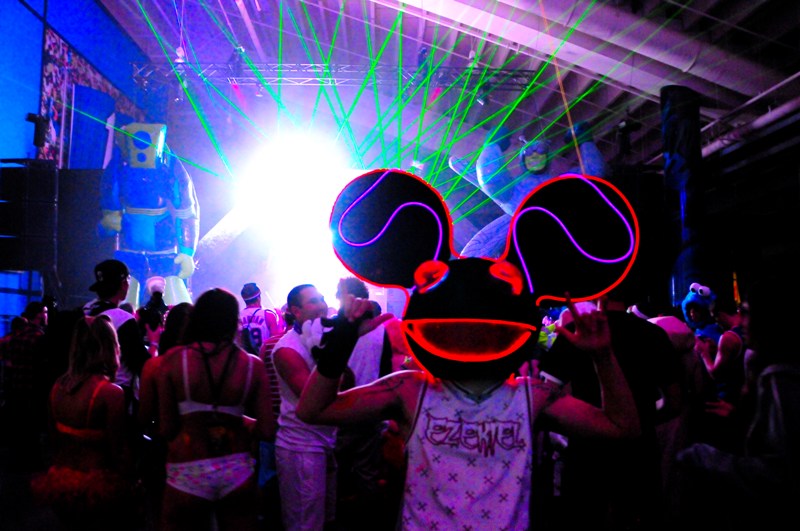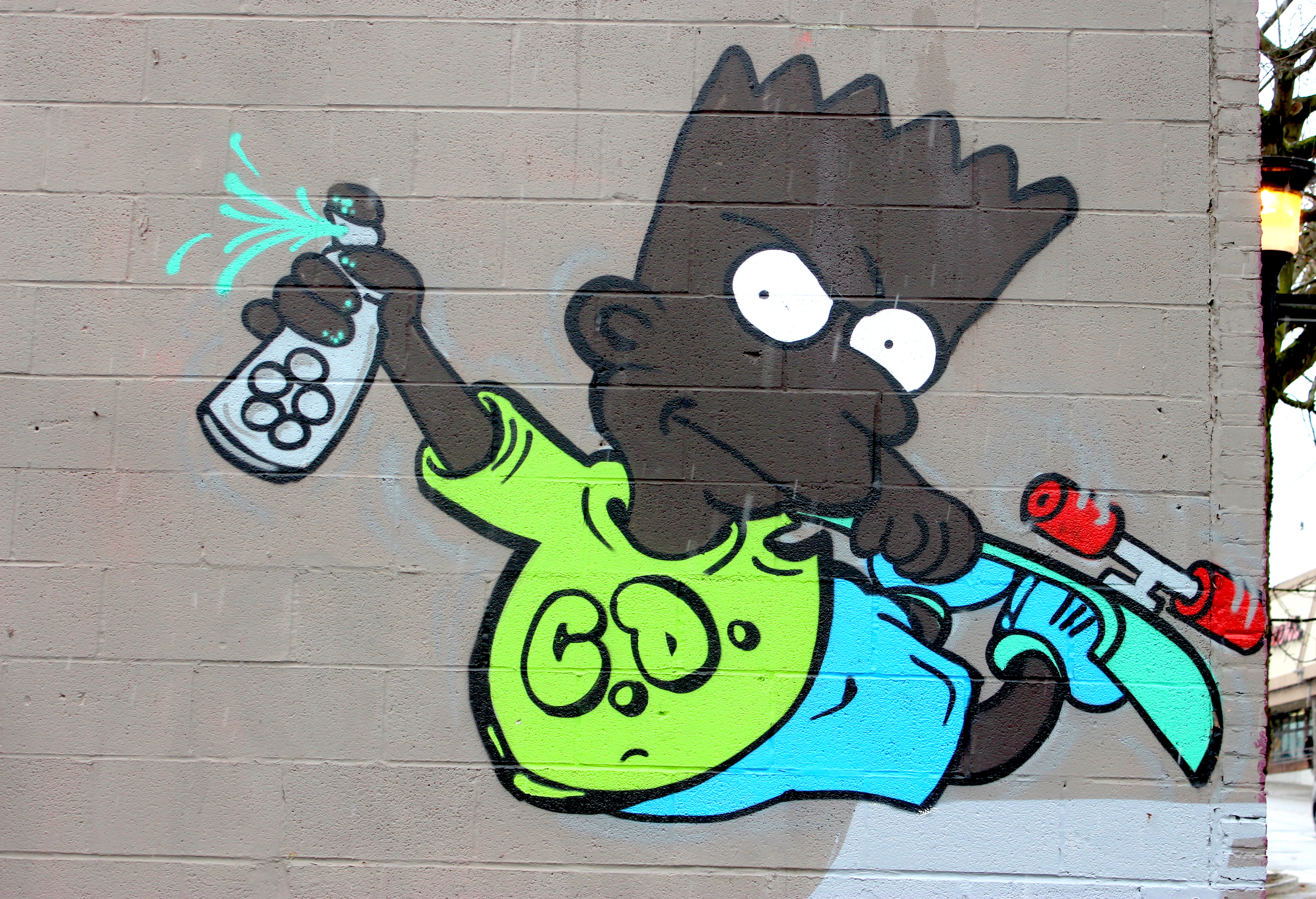On June 3, Miley Cyrus put out the first single from her #twerkpoprecord, Bangerz.
Just as many butterflies find early summer the perfect time to emerge from their chrysalis, so too did Cyrus erupt from her own metamorphic shell on the day “We Can’t Stop” was released unto the world.
The single, and its subsequent music video/MTV Music Video Award performance, were seen as harbingers of all sorts of things: a new wave of subtextual cultural racism, a defeat in the uphill battle of third-wave feminism, and the end of American civilization. While the academic collective consciousness of Facebook and the country’s leading theologians dissected the song’s possible eschatological implications, another debate was raging. Was Miley Cyrus, the United States’ official cultural ambassador, in fact singing about MDMA?
So la-da-di-da-di/We like to party/Dancing with Molly/Doing whatever we want.
On June 3, thanks to “We Can’t Stop,” Molly went mainstream.
Twenty-seven days later, on June 30, Molly was responsible for the fatal brain hemorrhage of 21-year-old Des Moines man Patrick Witkowski, a recent Washington State graduate. He had taken Molly (the euphoria-inducing crystalline form of Ecstasy) at this year’s sold-out Paradiso, a massive electronic dance music festival held annually at The Gorge. A common side effect of Molly is hyperthermia—a rapid rise in body temperature—which, combined with 90-degree temperatures and a lack of water, resulted in Witkowski’s death.
All in all, 72 people were taken to the nearby hospital in Quincy after the festival, many of whom were suffering from Molly-induced dehydration. At the Electric Zoo EDM festival in New York this past September, three people died from the same cause, resulting in the cancellation of the concert’s last day.
The drug’s appeal is the euphoria it produces, which users often say makes the feeling of togetherness and the intensity of EDM much greater at raves. The problem is, the drug is often cut with other substances like methamphetamine, ketamine, and PMMA, a cheap cousin of MDMA with less euphoric effect but more of the toxicity that can result in deadly hyperthermia.
Cyrus is not the only one who has been repping the drug in the mainstream: Rihanna, Kanye West, and Lil Wayne have all mentioned Molly in their songs, and last year at a concert in Miami, Madonna asked her fans “How many people in this crowd have seen Molly?” EDM artist Deadmau5 took Madonna to task for the cavalier drug comments, slamming her for perpetuating the perception that EDM is the peanut butter to Molly’s jelly: You can have one without the other, Deadmau5 says.
But is that true?
On October 25, WaMu Theater will host FreakNight, billed as “the largest and longest-running electronic music festival in the Northwest” and produced by USC Events, the company that organized the ill-fated Paradiso. It’s a two-day Halloween bacchanal with stilt dancers, jugglers, flame-throwers, and of course a ton of high-profile dance DJs. WaMu Theater—capacity 67,000—sold out in advance last year, and Freaknight has become a staple annual event in the EDM community.
Organizers say they’re prepared to keep partiers safe this time. But in a telling display of how ingrained Molly use is in EDM culture, they’re also focusing on limiting the drug’s ill effects, rather than attempting to stem use altogether. “We want to assure that everyone at our events goes home safe, that’s our ultimate goal,” says USC spokesperson Alex Fryer.
First and foremost, USC is installing three new industrial-size water stations with four spigots each. They’ll be distributing pocket maps marked with the locations of the water stations and medical and security facilities.
The public-information initiative that USC is about to launch isn’t merely a “Just Say No” campaign, which Fryer wisely admits is highly ineffective with the 18-to-24 crowd. Rather, it’s meant to remind audiences of basic safety messages, including Washington state’s Good Samaritan Law. “There is a law that states if you help someone who needs it who has taken substances, you won’t get in trouble if you get help,” Fryer says. “You come across this sometimes—where people in other venues knew someone in their group wasn’t doing well, but was afraid to get help.”
USC Events are also ramping up security, increasing personnel by 152 for a total of 380 onsite. Every night, 25 to 30 volunteer “safety ambassadors” will also roam the venue with two-way radios, offering water and directing medical assistance to people in need. Coordinating, advising, and staffing those EMTs is Edwin Reyes, a paramedic from Austin, Texas, who has become the number-one safety consultant for EDM festivals, working special events since 1995. His expertise has landed him safety-supervising gigs at EDM events across the country (Nocturnal Texas, Sunset Music Festival, Sound Wave, and an event dubiously named the Something Wicked Festival) and internationally (in places like Puerto Rico and Mexico).
“These are very hyperactive crowds,” Reyes says. “Your average audience at an EDM event is going to be spending a lot more energy since they tend to dance a lot more, so you have to a little more attentive to that.”
Independently of USC Events, Seattle Police has announced it will deploy undercover agents at FreakNight to do drug buys.
“USC Events totally supports SPD doing that,” Fryer says. “We don’t think people should be doing those drugs, especially at our events.” E
ksears@seattleweekly.com








